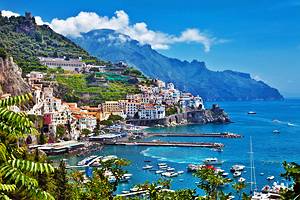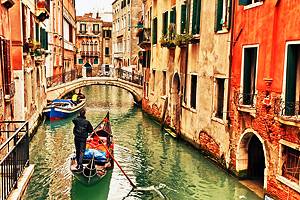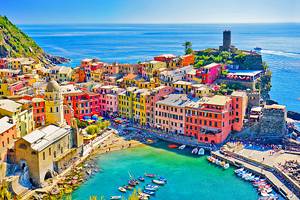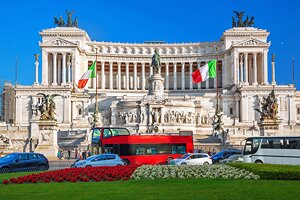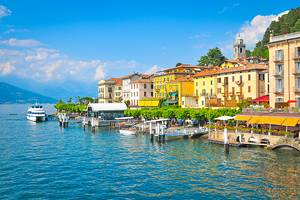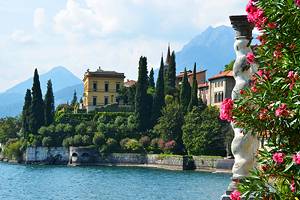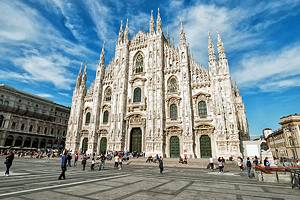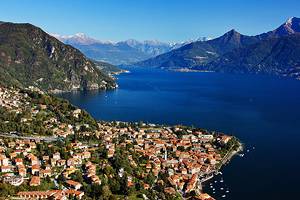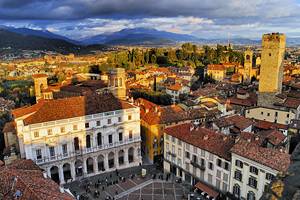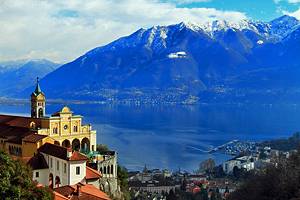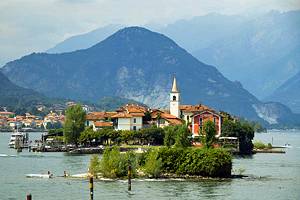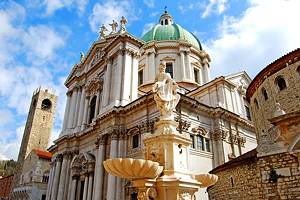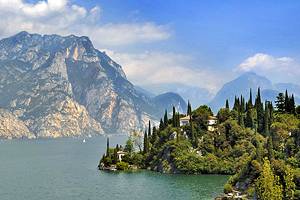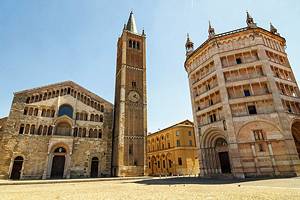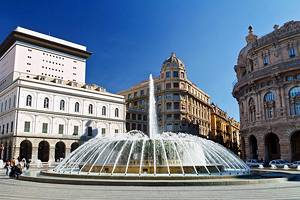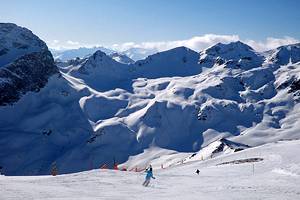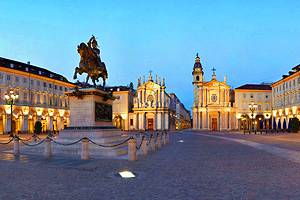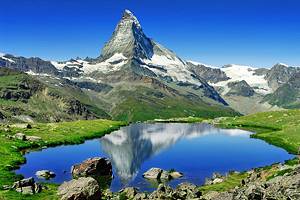From Milan to Venice: Ways to Get There
About 250 kilometers separate Milan and Venice – very doable as a day trip if you set off early and are prepared for a long day full of adventures. Fortunately, there are plenty of transportation options connecting the two cities: trains, buses, and special day tours.
Flights used to be a great way to travel from Milan to Venice, but as of 2019, there are no longer direct flights that connect the two cities. Right now, the only way to fly between the two cities is to get a connecting flight, usually in Bari.
This UNESCO World Heritage Site city is best known for the maze of canals that cut through town. Venice is made up of 118 islands linked to each other by over 400 bridges. A medieval city with grand architecture, a great café culture, and hidden paths and passageways everywhere, Venice gets more magical the more you explore it.
Whether you're visiting for a day or a week, here's our list of the best ways to get from Milan to Venice.
On This Page:
From Milan to Venice by Train
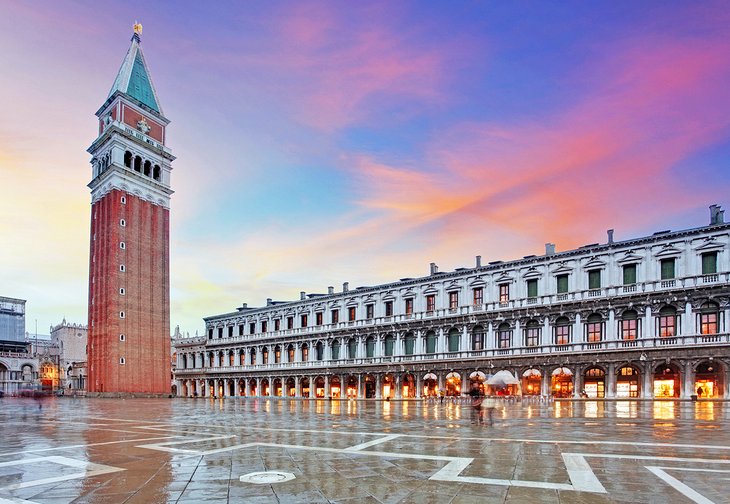
Trains are the easiest way to travel between Milan and Venice. There are several trains every hour leaving from Milano Centrale train station, with the earliest one departing at 5am and the latest one at 8:45pm.
Trenitalia railway runs three types of trains. Only their Freccia Rossa trains are high-speed trains, completing the direct connection between the two cities in just two hours and 20 minutes. Their Freccia Argento and Freccia Bianca trains are nice trains, but they're not that much faster than intercity and regional trains.
Trenitalia's Freccia Rossa trains offer four different class levels in their trains: Standard, Premium, Business, and Executive. The higher the class you choose, the wider and more comfortable the seats are, and the more perks you'll receive, including free snacks and drinks. Their other two trains offer only First and Second class.
Even if you can't afford the more expensive options, the price difference between Standard and Premium is very small, so it's worth paying a little more for the added comfort.
Italo trains are all high-speed trains. They offer only three class levels plus a Club Executive option (which costs significantly more but offers a bit more privacy and space) and don't depart as frequently, but are otherwise very similar. Keep in mind that tickets for high-speed trains can cost up to four times as much if you buy them on the day you're traveling, so book well in advance.
Italo and Trenitalia trains usually cost about the same, but Italo is known for sometimes offering promo codes or holiday discounts, so it's worth stopping by their website and social media accounts to see if you can grab something.
If you're confused by options and lack of information in English, you can use ItaliaRail, a ticket reseller with a very user-friendly website. They are surprisingly not more expensive than buying direct (except for a small service fee) and usually help you find discounts that are half-hidden on the TrenItalia and Italo websites.
Your other option is regional trains, which take longer – anywhere from 3.5 to 5 hours – and require a change in Verona. The one advantage of regional trains is that tickets always cost the same, no matter if you're buying in advance or at the last minute - which is not the case with high-speed trains.
If you're traveling at the last minute without a reservation, regional trains are a much better deal. Regional trains also accept Interrail/Eurail passes, so if you already bought one, your trip to Venice won't cost you anything extra – high-speed trains, on the other hand, do not accept the passes.
Once in Venice, get off at the Venezia Santa Lucia railway station, which is located at the northern edge of the city. From here, you can get to the heart of the city by public water bus or simply on foot – most major attractions and hotels are located within a 10- to 20-minute walk from the station.
From Milan to Venice by Car
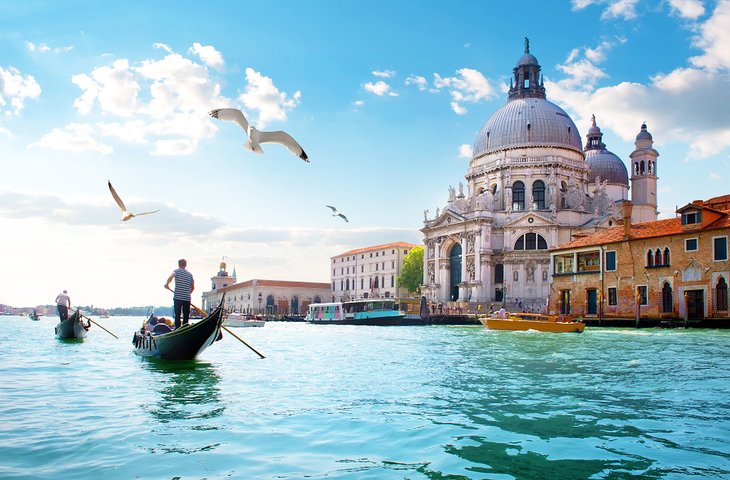
Just under 270 kilometers separate Milan and Venice, an easy, fun drive that takes about three hours. It's better if you stretch that out, though, by stopping to explore a few other places along the way. The drive is mostly on the A4 highway, a toll road. This means you will have to pay tolls as you drive on it – how much this will cost depends on the distance you travel on the A4, but keep cash or a credit card handy to cover the fees.
On the way to Venice, consider stopping in Verona (the setting of Shakespeare's Romeo & Juliet) and Padua (a UNESCO World Heritage Site with the oldest botanical garden in the world).
Once you get to Venice, you'll need to find a place to park, as the historical part of Venice is car-free. You'll find two major car parking areas after crossing the Liberty Bridge into Venice. The largest parking area is the one at the Venice Passenger Terminal on Tronchetto Island, but it's also the one most likely to be full. If it is, continue on to the next one.
From Milan to Venice by Tour
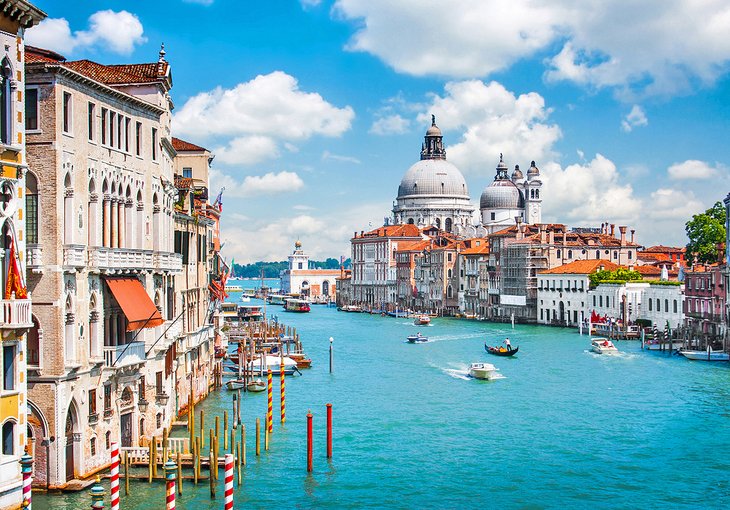
For the ultimate Venice Day Trip from Milan, it's hard to beat this 14-hour tour. Start your day at 7am, when you board an air-conditioned vehicle with a professional English-speaking tour guide and set off on your way. From here, you'll head to Venice in comfort as your guide shares interesting information along the way.
Once in Venice, you'll set off on a guided two-hour walking tour to explore the city's main sights. See the many canals that crisscross throughout Venice; walk down the Riva degli Schiavoni promenade; and take a minute to marvel at the many historical bridges and palaces, including the enclosed 17th-century Bridge of Sighs, built of white limestone.
After finding the right spot for a picture on St. Mark's Square – among the pigeons or in front of the bell tower of St. Mark's Basilica – you'll continue your walk to find the Rialto Bridge and the mansions that line up the Grand Canal. Your guide will also take you down lesser-known streets to show you how the locals live and what's beyond the grand architecture Venice is known for.
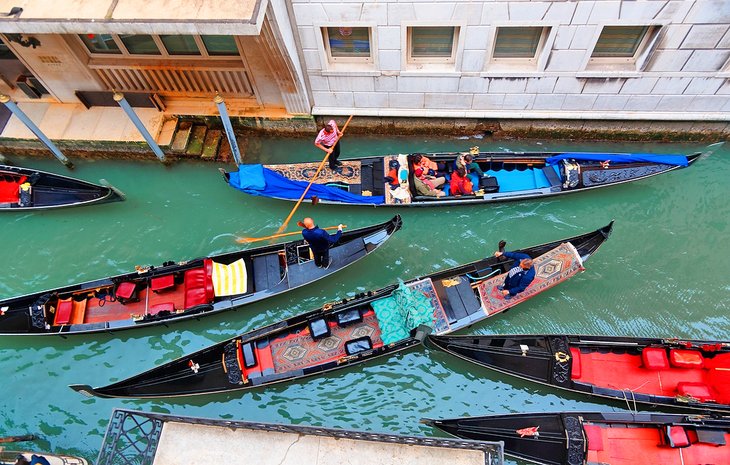
You'll have a quick break for lunch before meeting with your guide again to head to a glassmaking workshop to see artisans at work. Spend some time browsing the gift shop - and maybe picking up something to take home with you – before you head back to the beauty of the canals.
You'll have free time for an optional gondola ride or to wander around for 30 minutes until it's time to return to your coach for the ride back to Milan.
From Milan to Venice by Bus
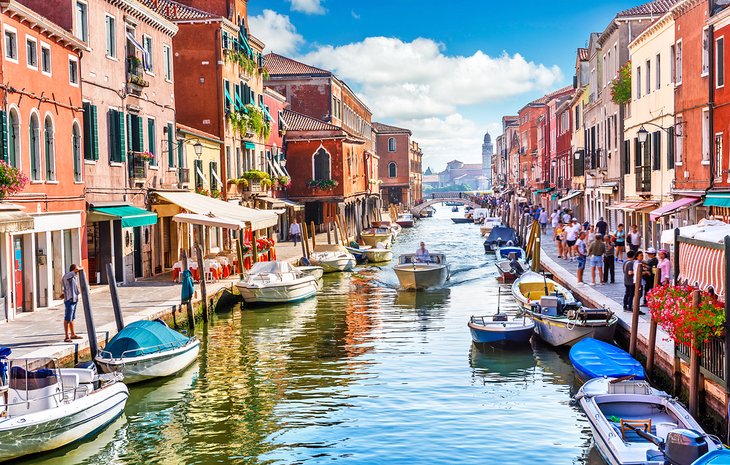
Long-distance bus companies Flixbus and Megabus have direct buses that depart from Lampugnano M1 bus station towards Venice a total of five times a day. The earliest bus departs at 2am and the latest at 8pm.
Both buses offer comfortable seats with lots of legroom, air-conditioning, free Wi-Fi and entertainment, and hot drinks on board. The route takes approximately 4.5 hours but it can be longer depending on traffic conditions.
Tickets are cheaper if you book at least a week in advance – last-minute tickets can cost up to three times as much, making the bus the same price as the train for a less comfortable experience.
At their destination, buses stop just outside the Mestre train station or at the Autobus Tronchetto Parking on the mainland. From here, you can either take a water bus or a People Mover (a driverless elevated shuttle train). The shuttle connects Tronchetto with Piazzala Roma, the square right at the entrance of the city, at the end of the bridge.


